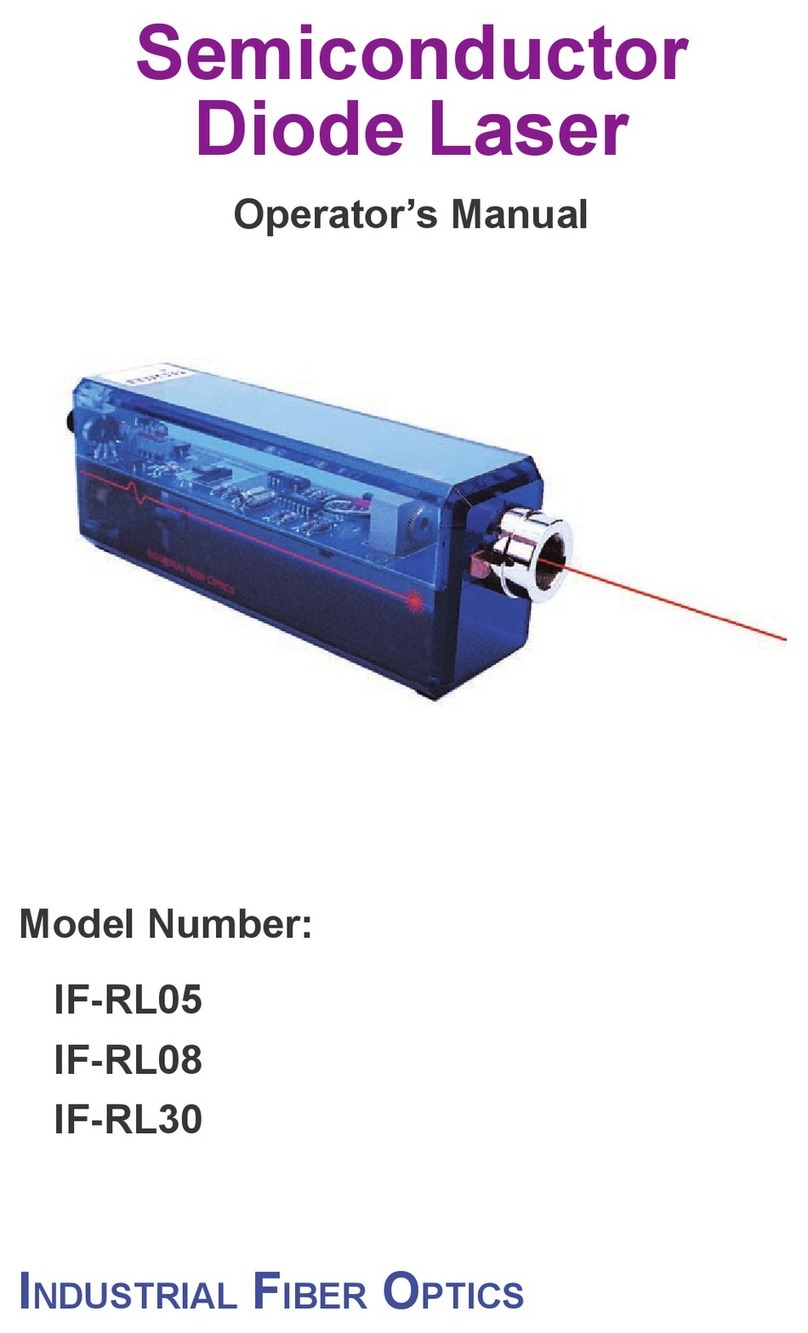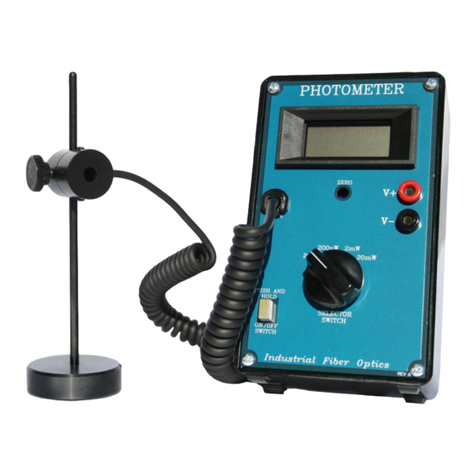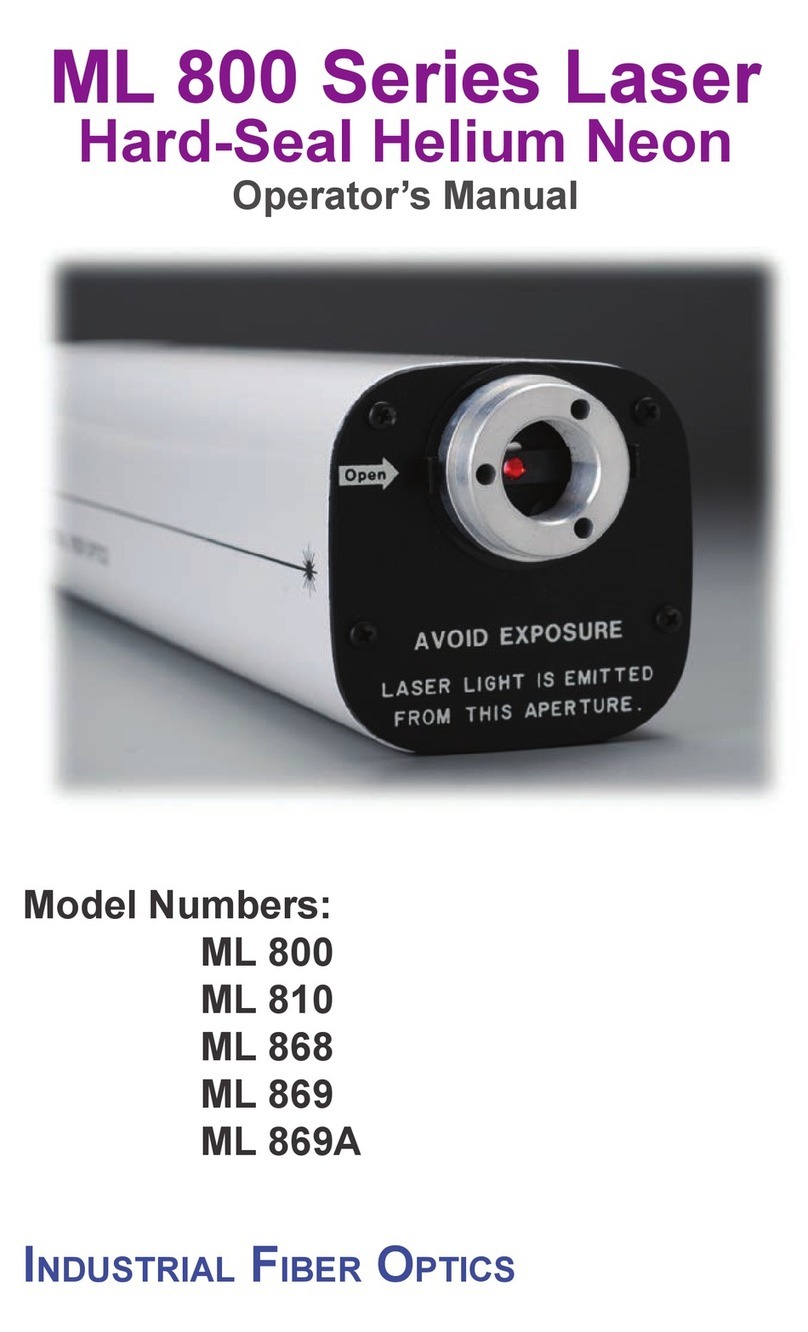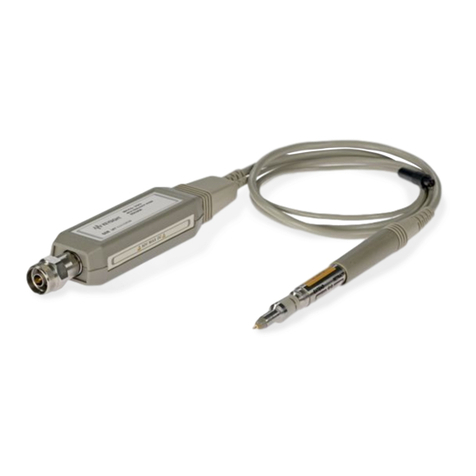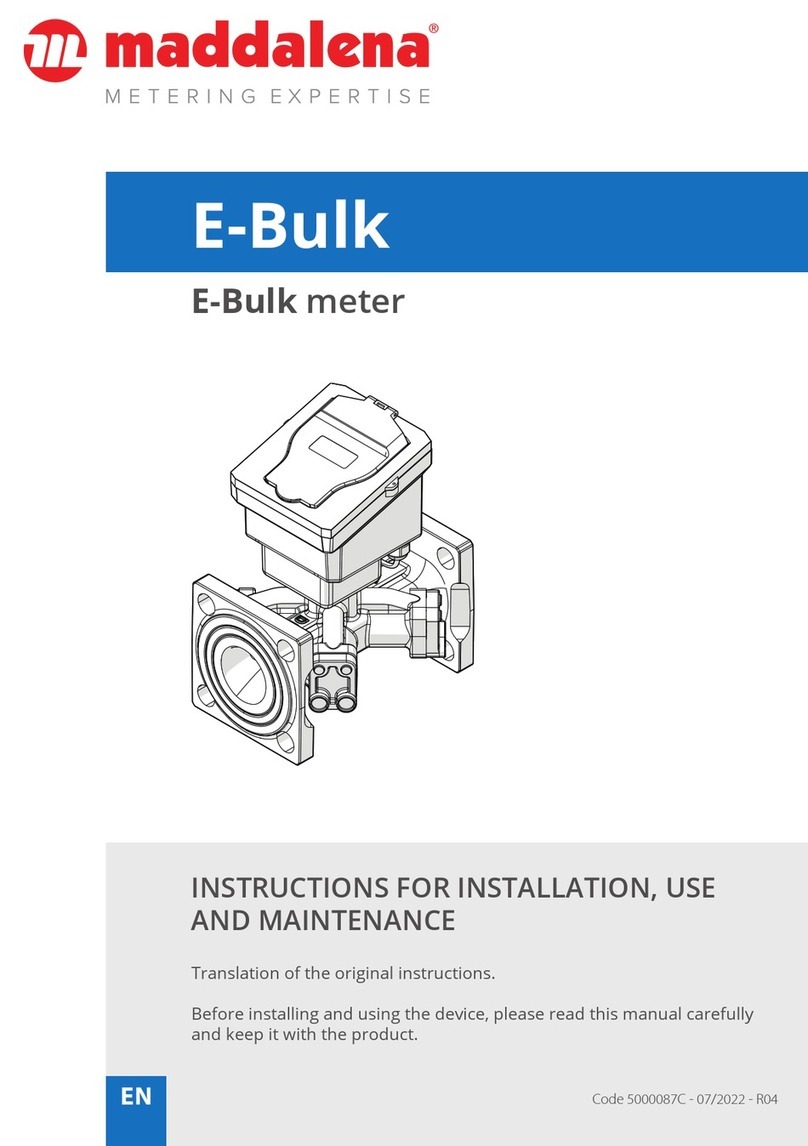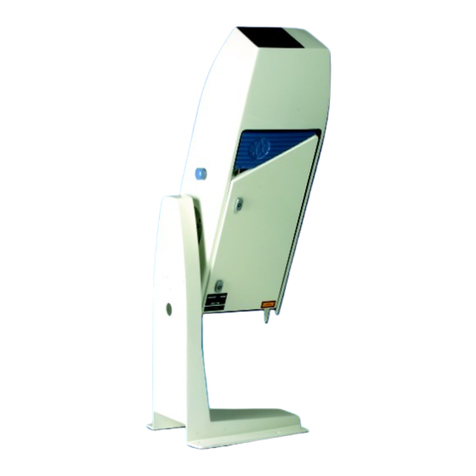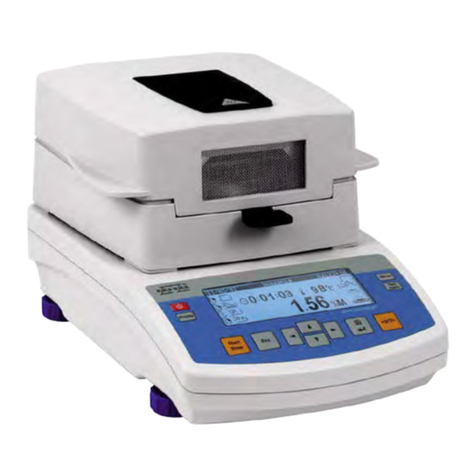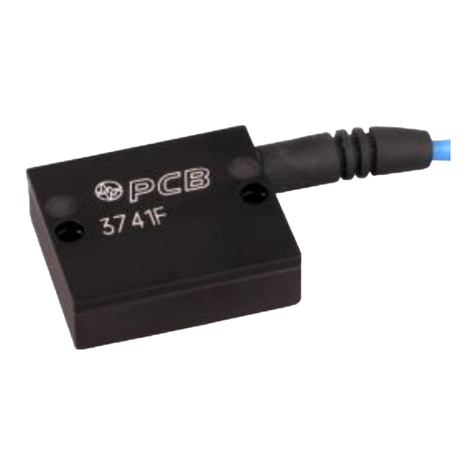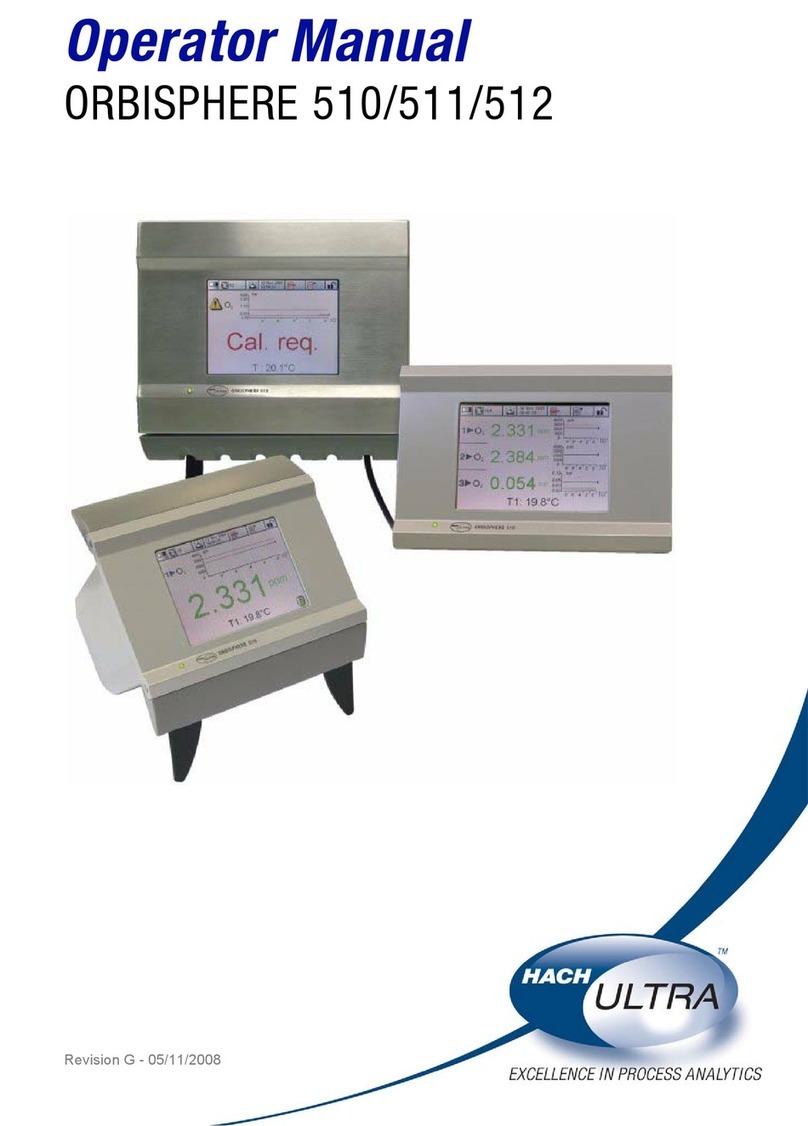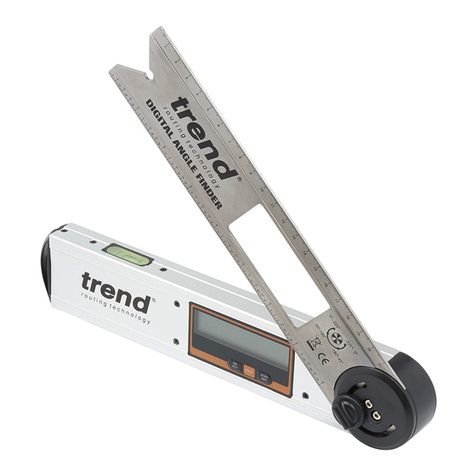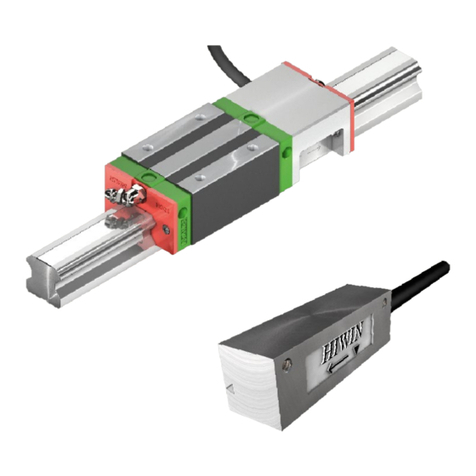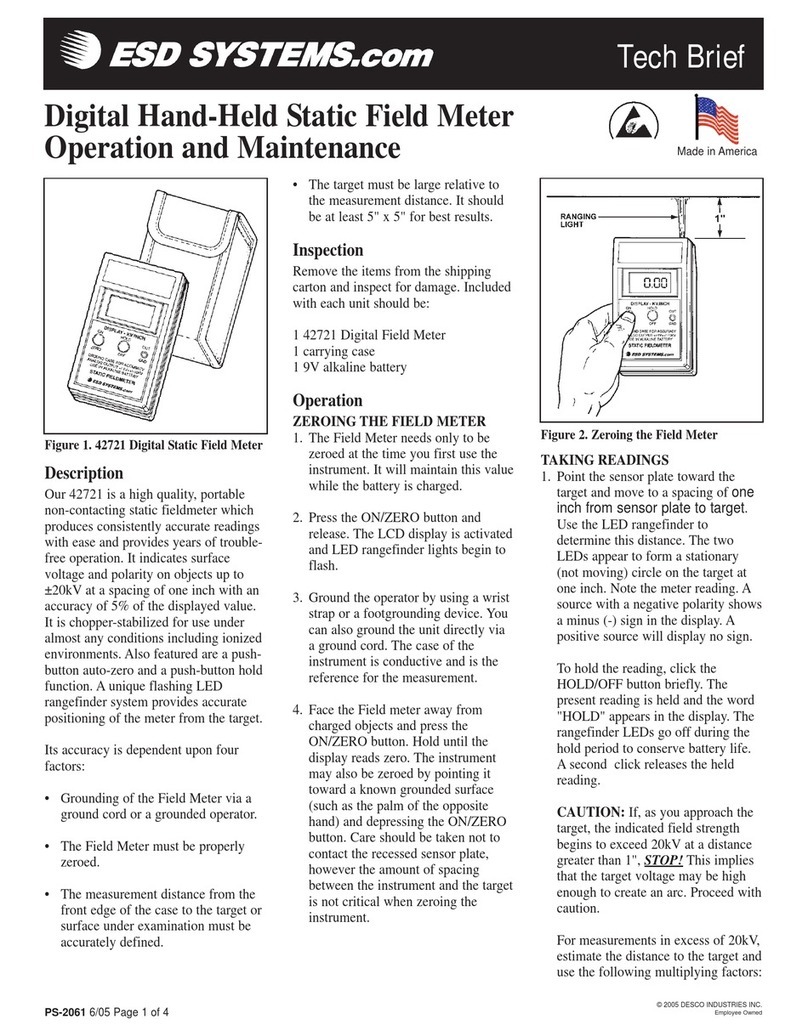
– 11 –
POLARIZATION
All waves possess one of two different types of motion. Sound waves are compressional
motion(likecompressing,thenreleasingaspring).Lightwaves,however,aretransverse.
Tovisualizetransversewaves,imagineholdingoneendofa10-foot-longropeinonehand.
The other end of the rope is fastened to a wall, and you are pulling it tight, so it extends
inahorizontalline.Nowmovethathandup/down,right/leftandcircularinrandom
patterns.Withthesemotionsyouarecreatingavisualmodelofatransverselightwave.
Energy,orlight,beginsatyourhandandendsupatthewall.Allenergyorwavesthatyou
createdintheropeareunpolarizedbecausethereisnodenedpatternormotion.Sunlight
is unpolarized, as is light from most light sources except lasers.
Conversely, a linearly polarized
wave travels in a known and
nonvarying pattern, as if you
weretomovetheropeonlyup/
down. Unpolarized waves can
belteredintopolarizedwavesifweusespecialmaterialswithslotsorgratingsinthem.
Imagine the rope passing through a grating with only vertical slots, as shown above. The
slot prevents sideways motion, but freely allows the vertical components of vibration
to pass.
Placing a second vertical grating
behind, and aligned with, the
rstwillstillallowthevibrations
to pass through both sets of slots
freely. However, if we turn the
secondgratingtoahorizontalposition,noneoftheverticallight/wavesexitingtherst
grating will pass through or be transmitted by the second grating.
Thepolarizinglterinyouropticskitactslikethegratingsdescribedabove.Imbedded
inside the plastic are molecules that allow only light waves of a certain polarization to pass
through.Whenunpolarizedlightpassesthroughalinearpolarizinglter,itemergesas
polarizedlightvibrationsinasingleplane—althoughwithone-halftheintensity.
Unpolarizedlightcanalsoundergopolarizationbyreection.Non-metallicsurfaces
suchasasphaltroads,snoweldsandwaterreectlightwithalargeconcentrationof
vibrations(whichwecommonlycall“glare”)inaplaneparalleltothereectingsurface.
Lightreectedoffalakeispolarizedmostlyinadirectionparalleltothewater’ssurface.
Glareoftenpreventsshermenfromseeingshinthewaterbelow.Savvyanglersknow
that using special sunglasses (containing lenses with a proper polarization axis) reduces
glare,andtheycaneasilyseeshandotherunderwaterobjects.Polarizationhasawealth
ofotherapplicationsbesidesitsuseinglare-reducingsunglasses.Inindustry,polarizing
equipment is used to indicate stress in transparent plastics. Polarization also is used in the
entertainmentindustrytoproduceandshow3-Dlmsandvideotapes.




















